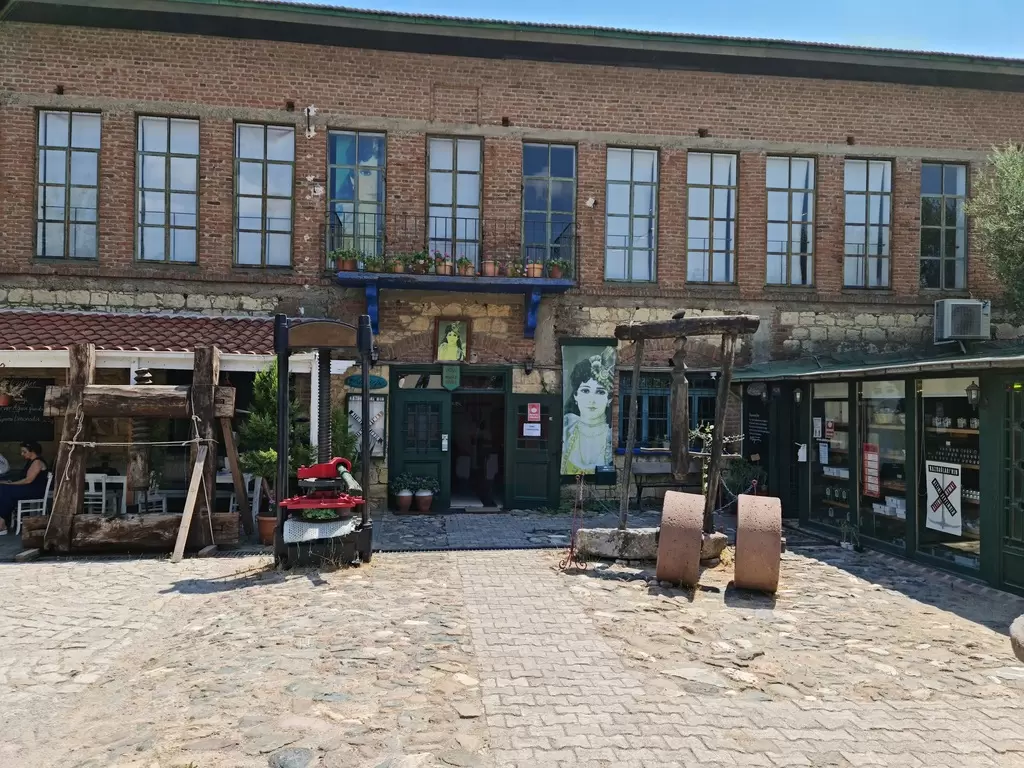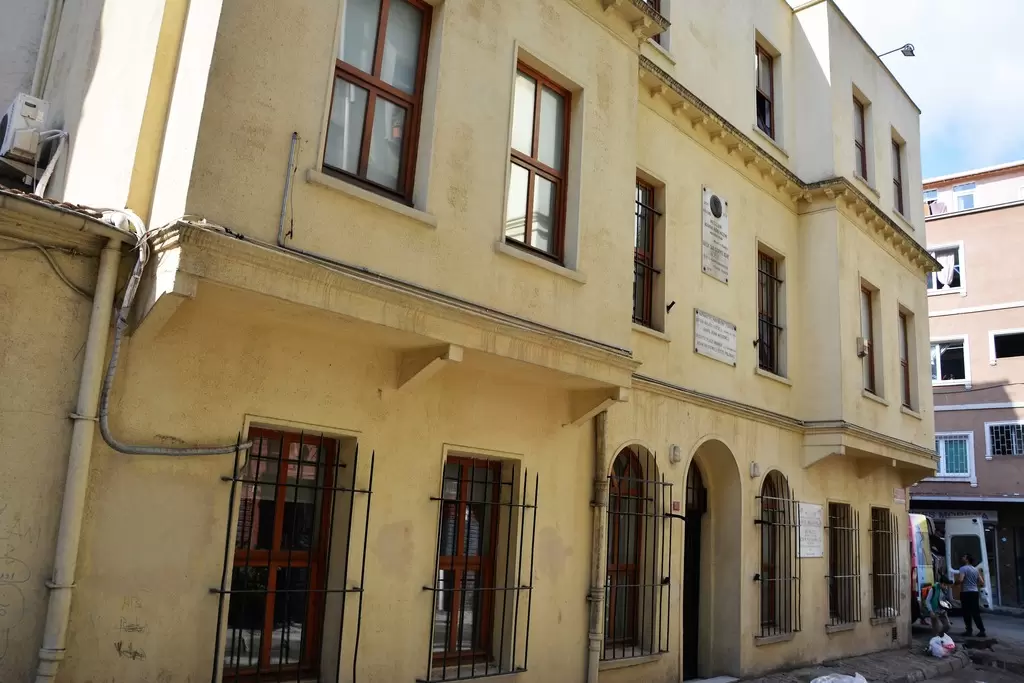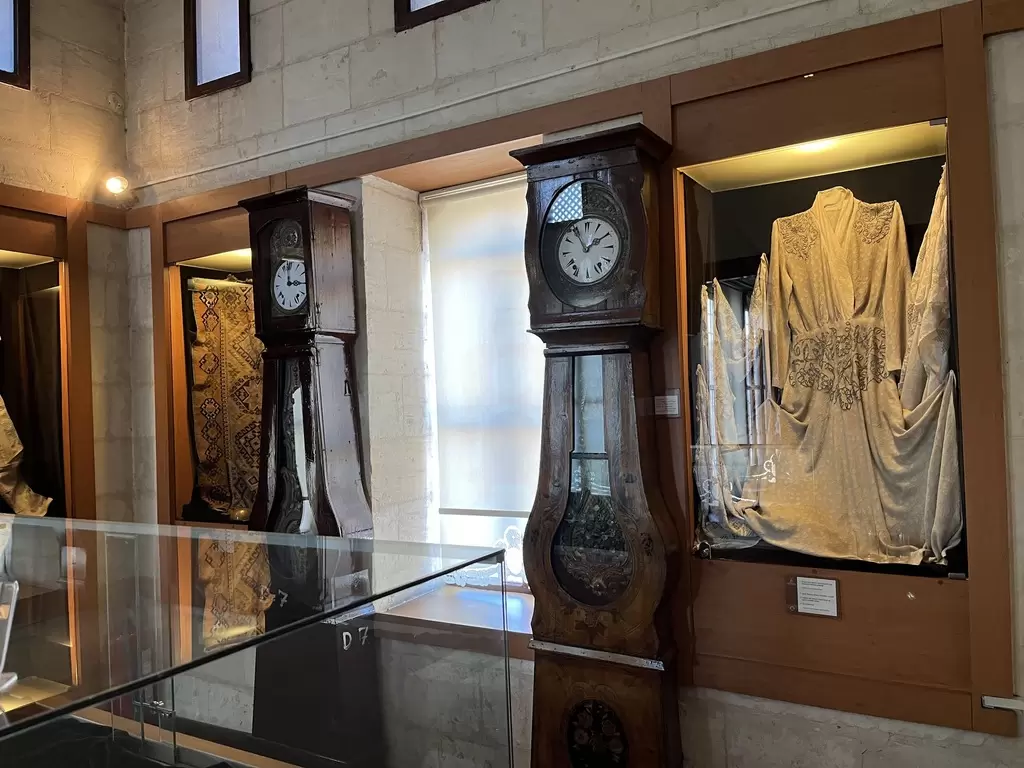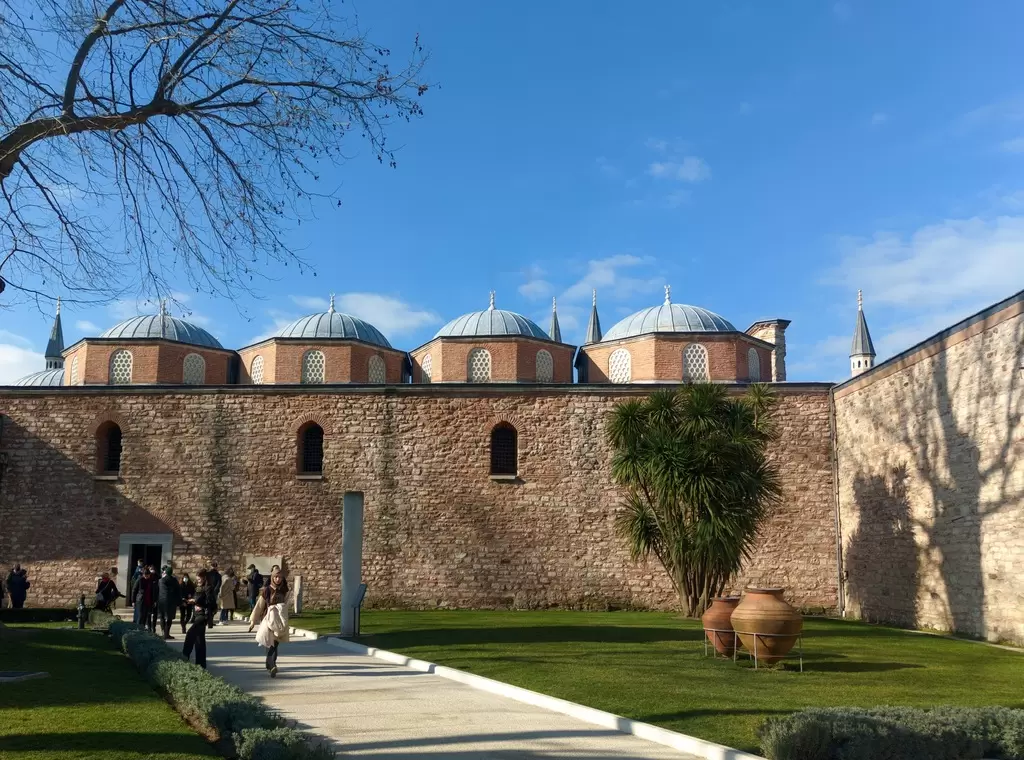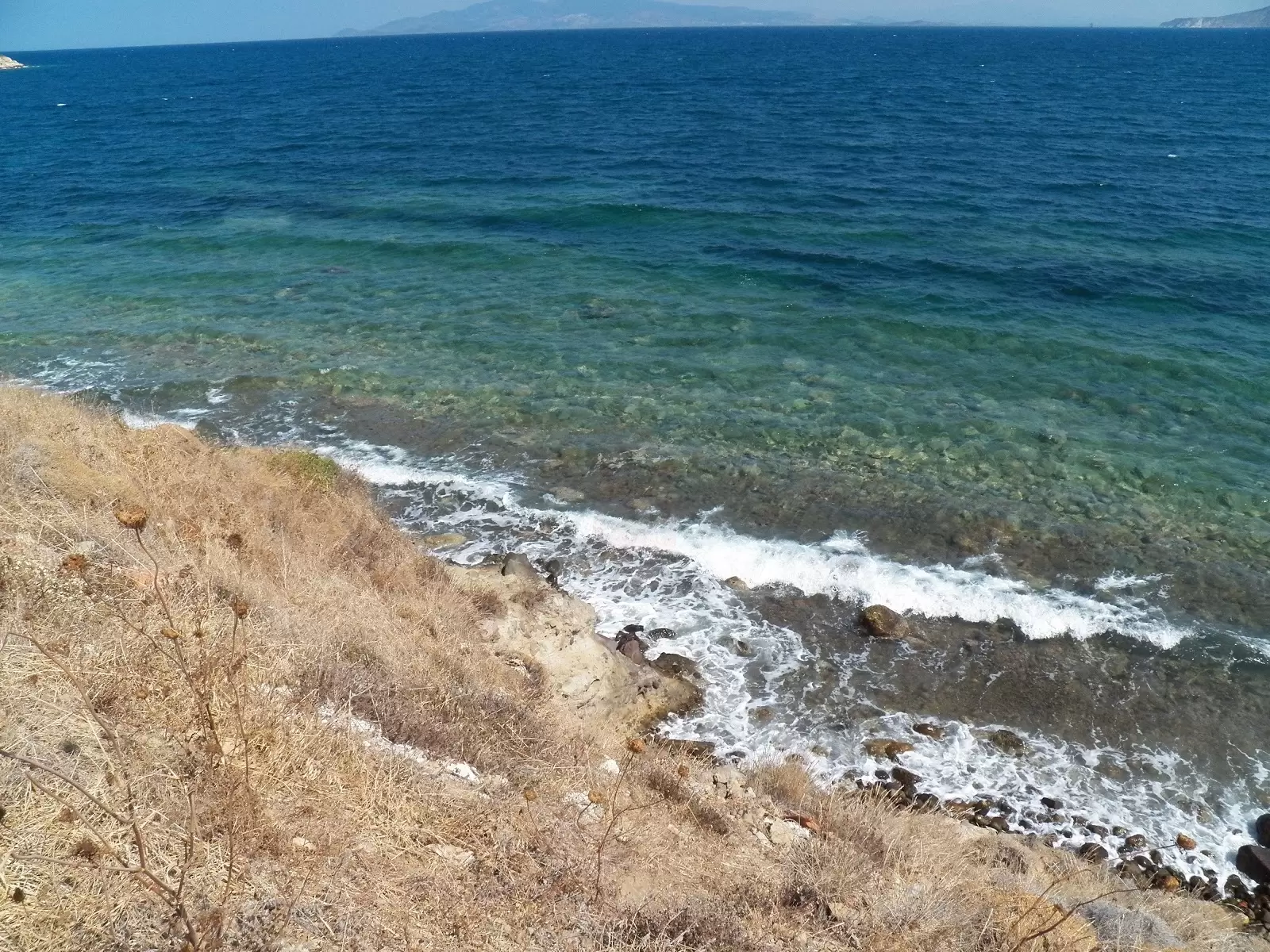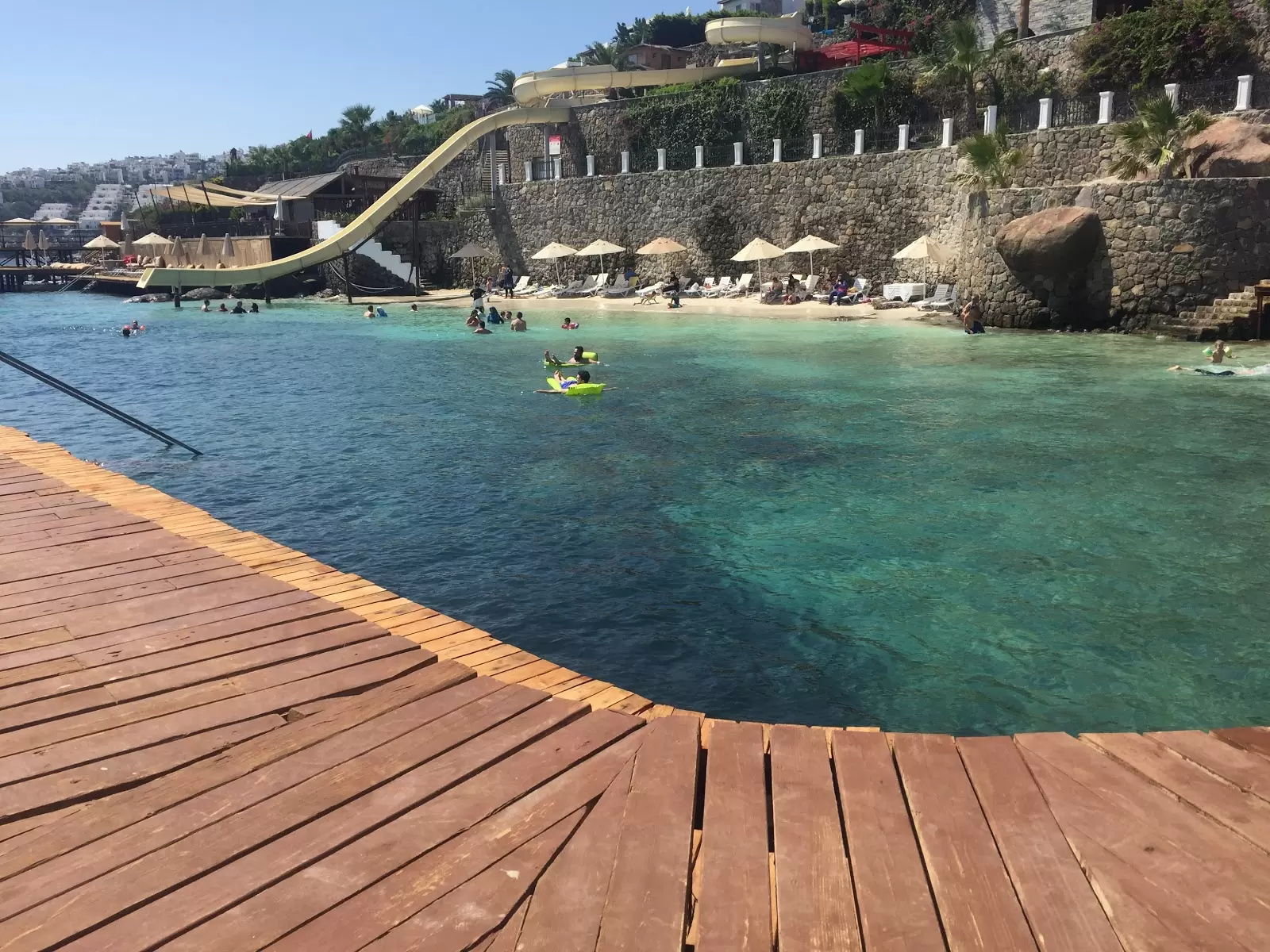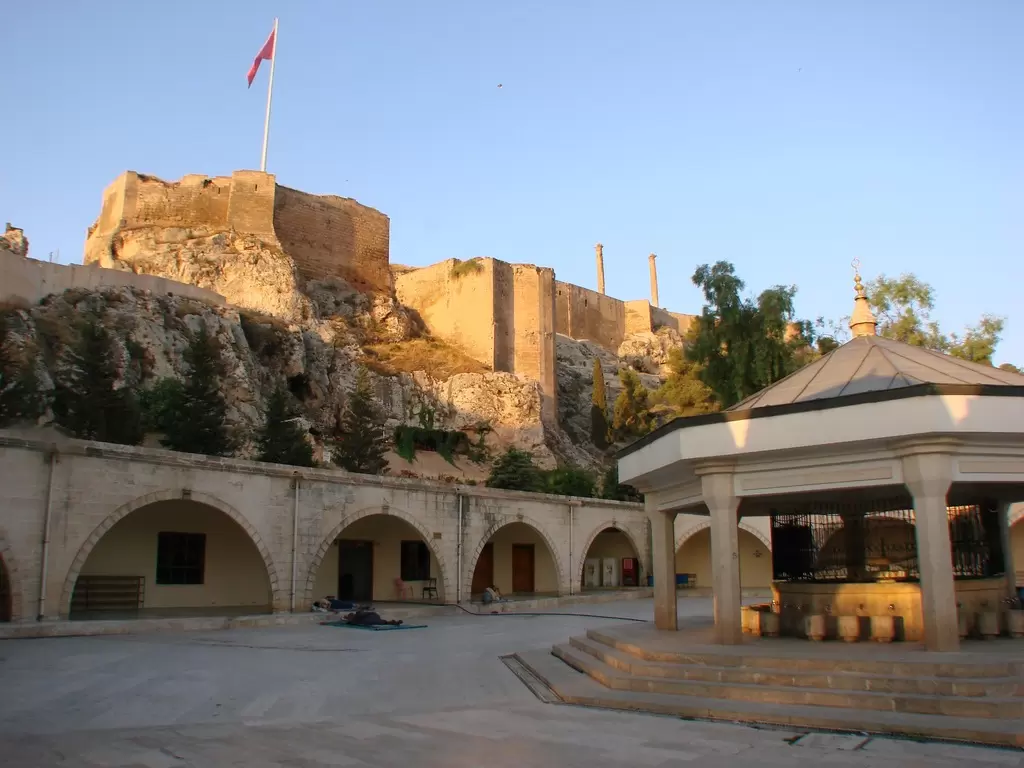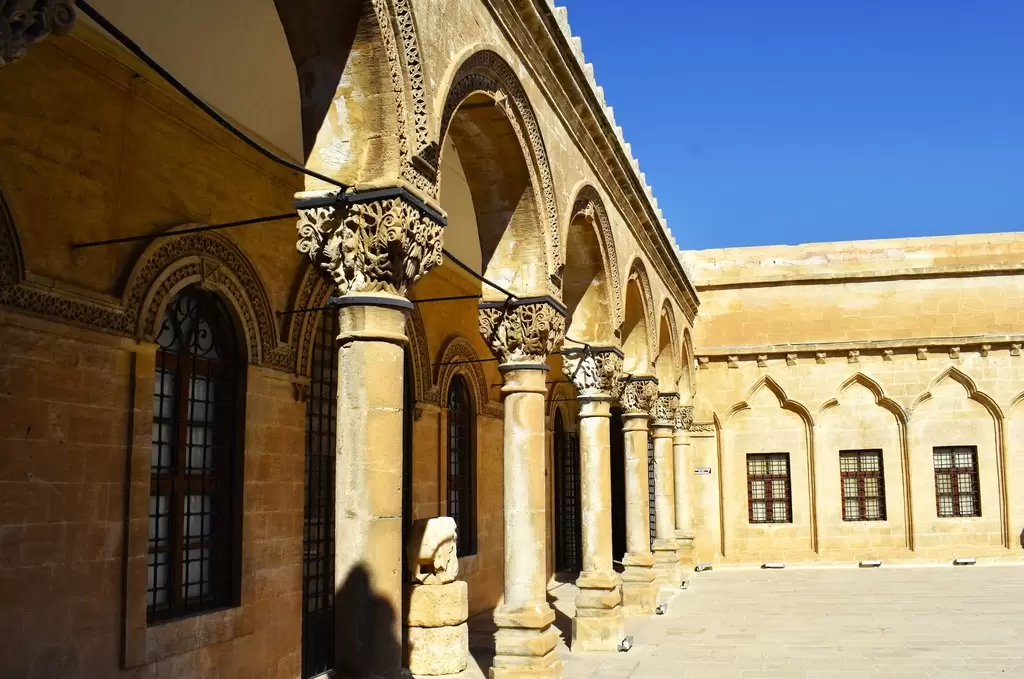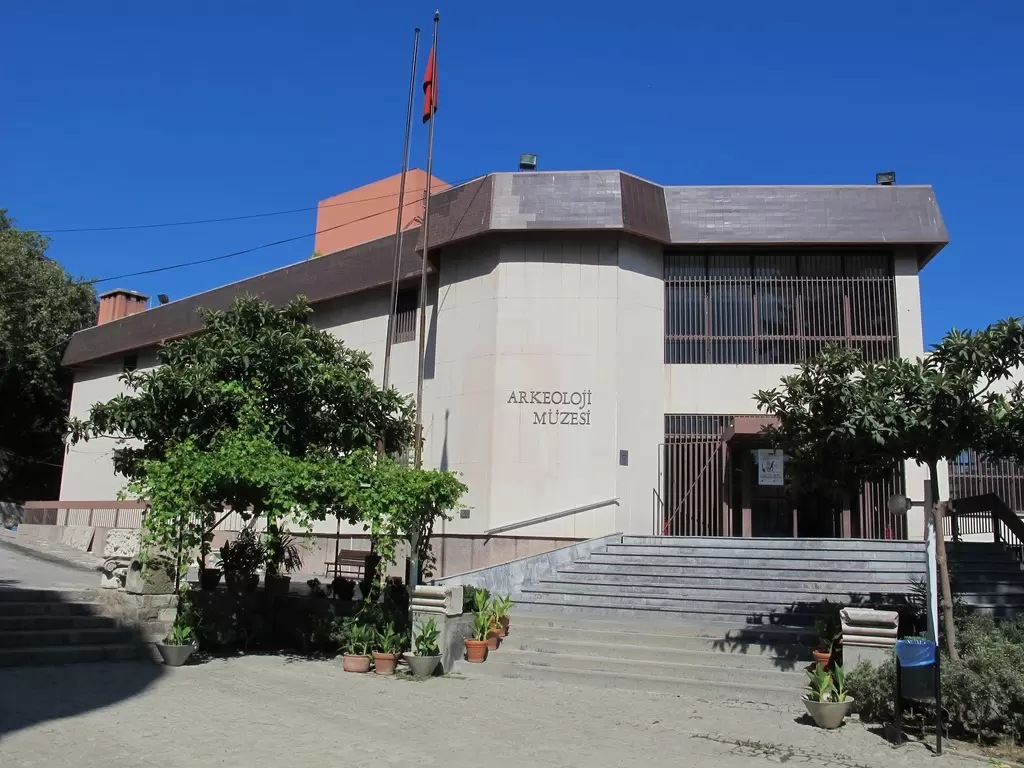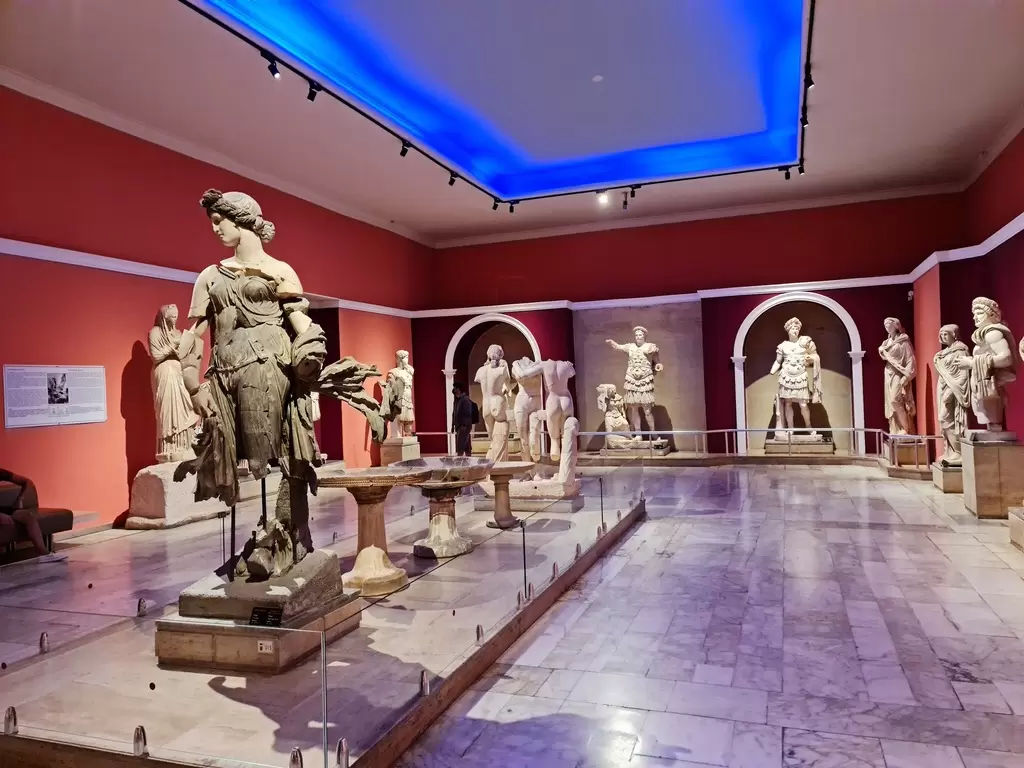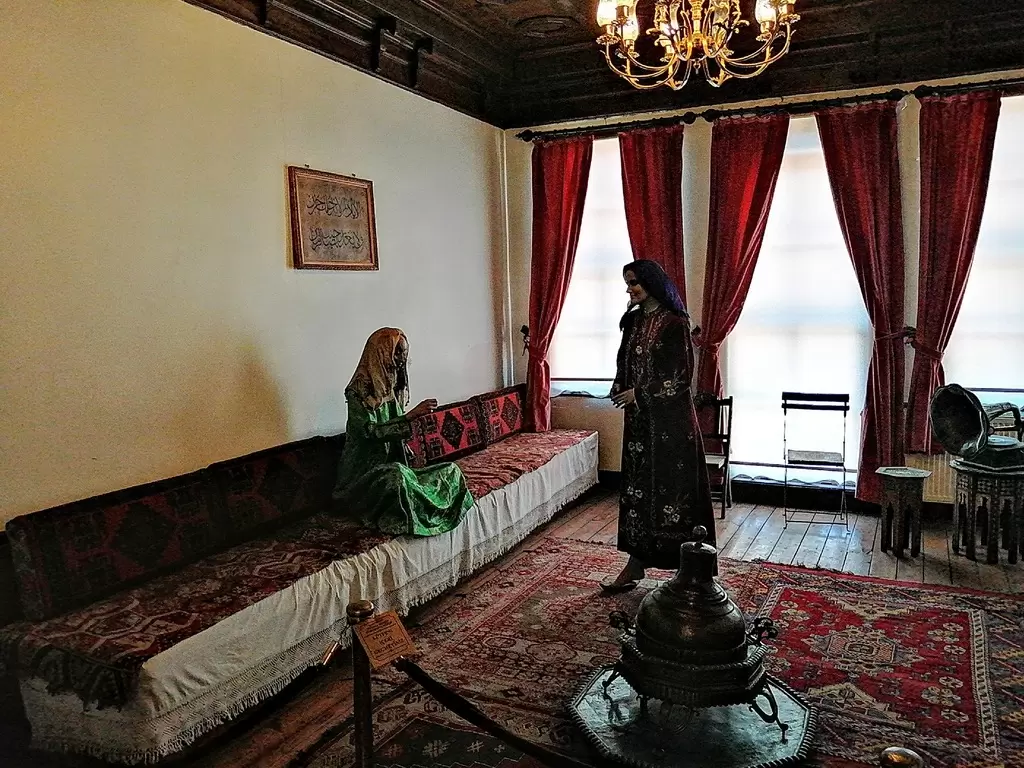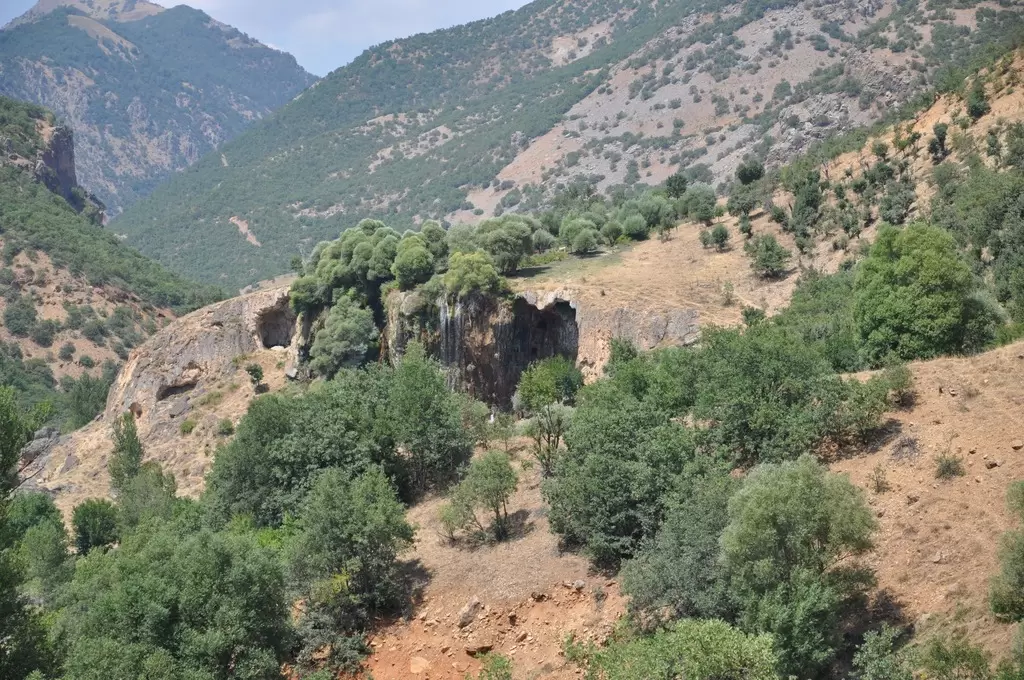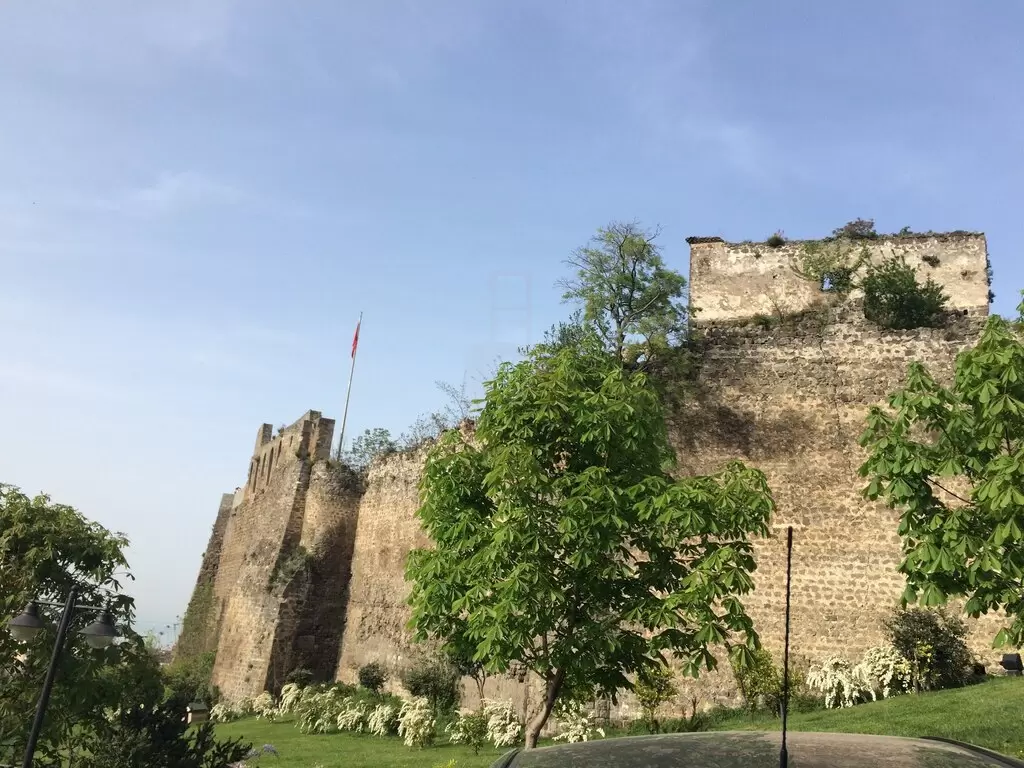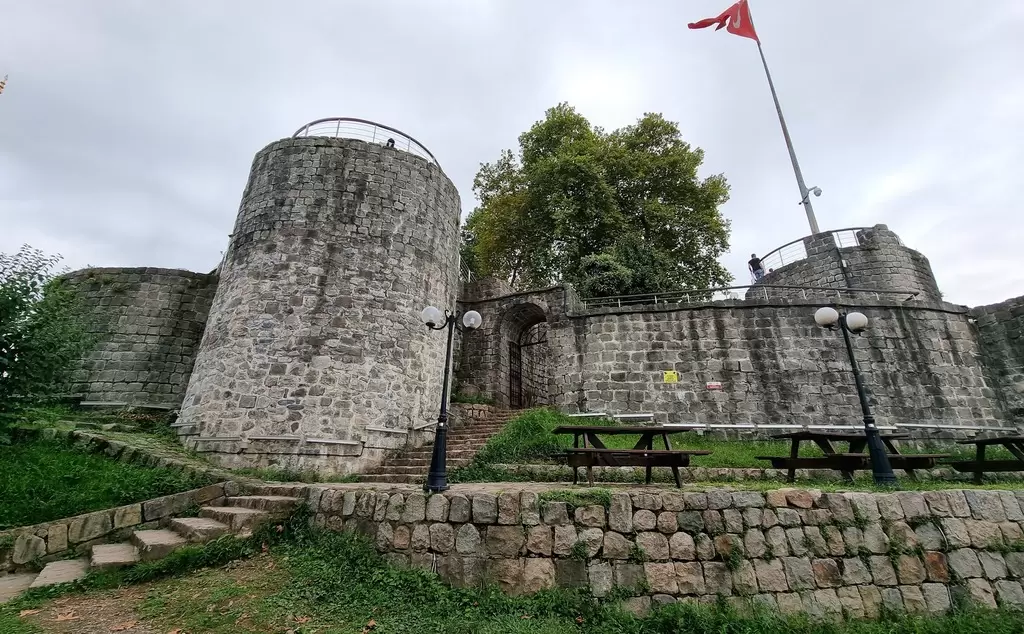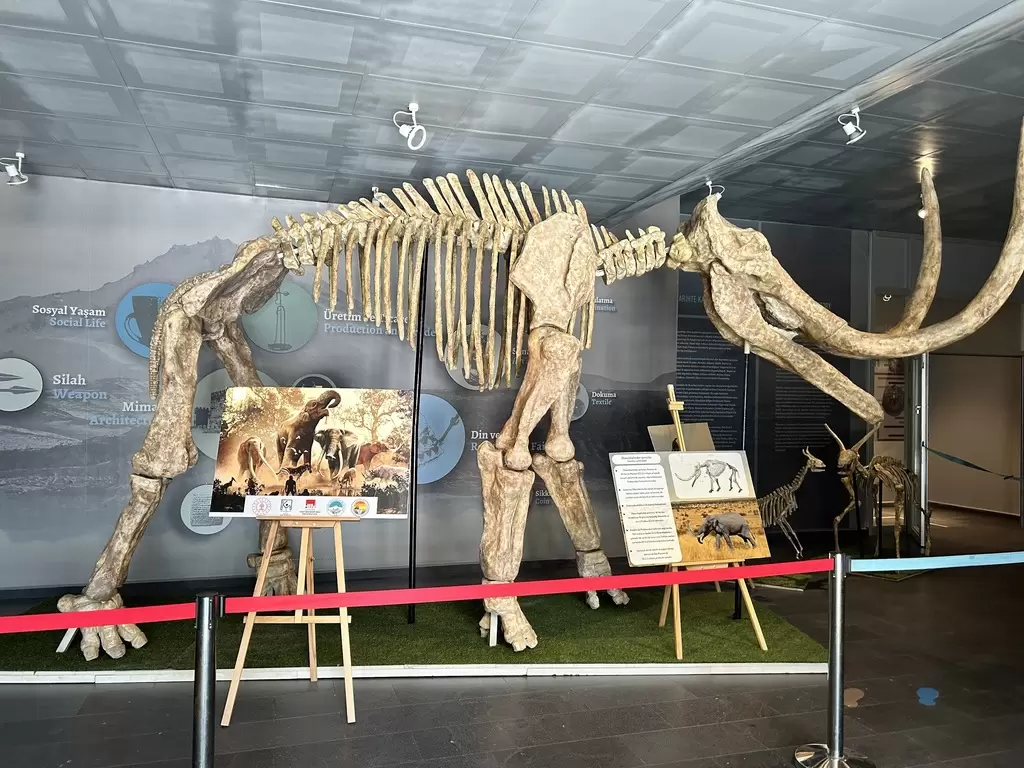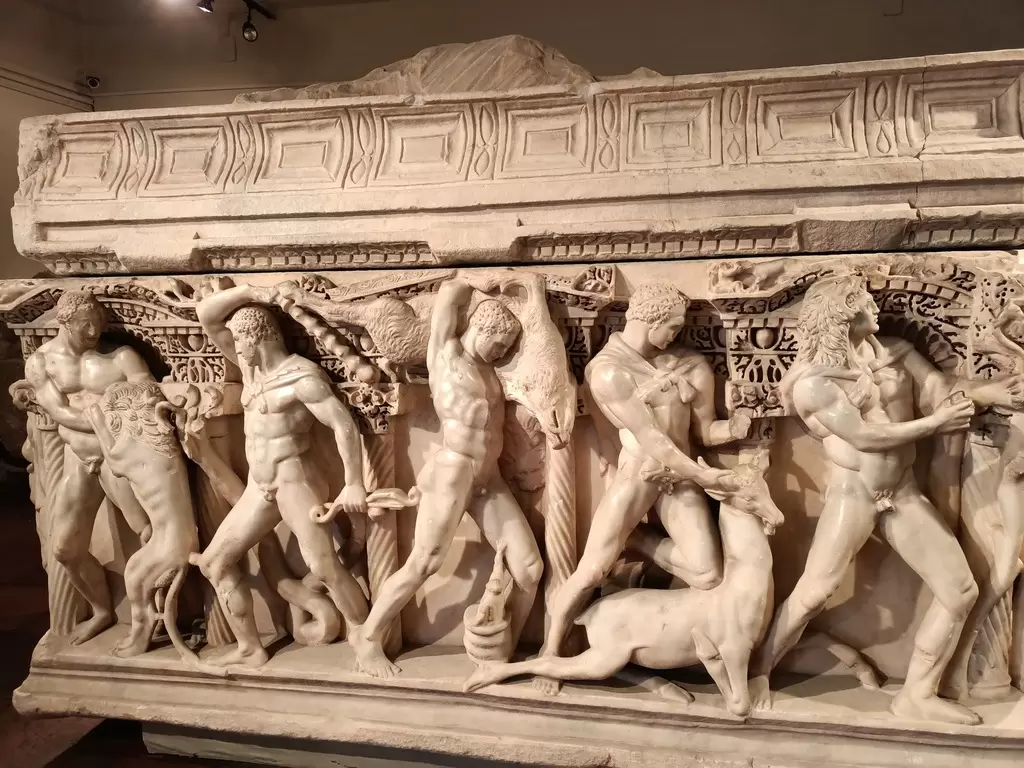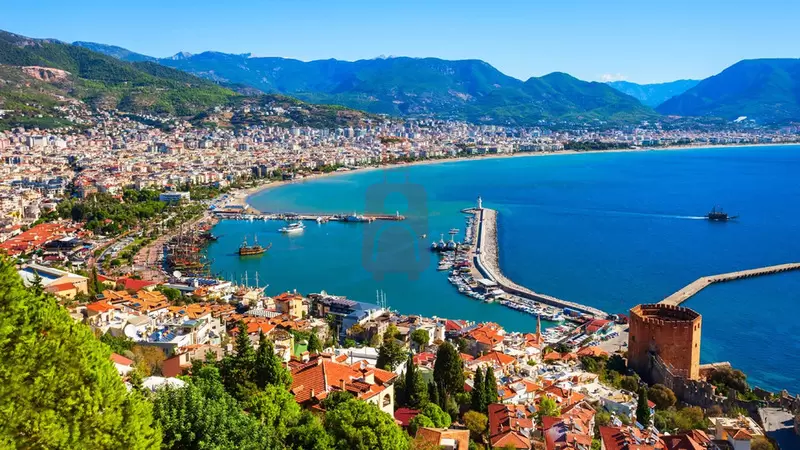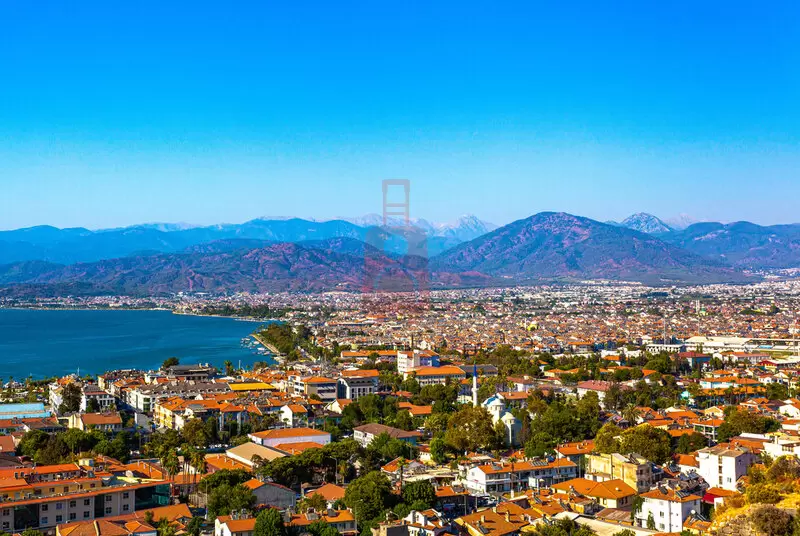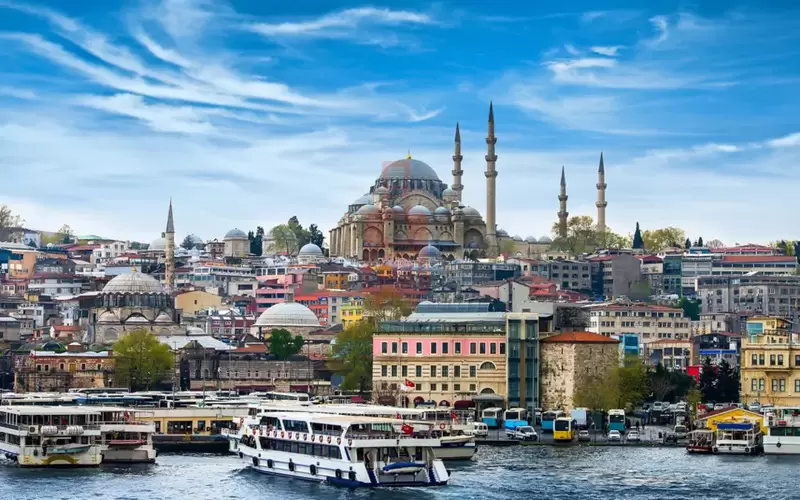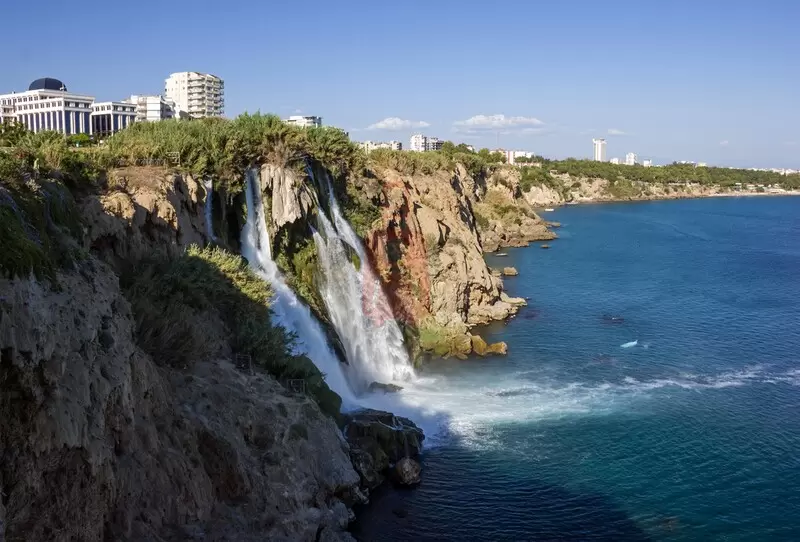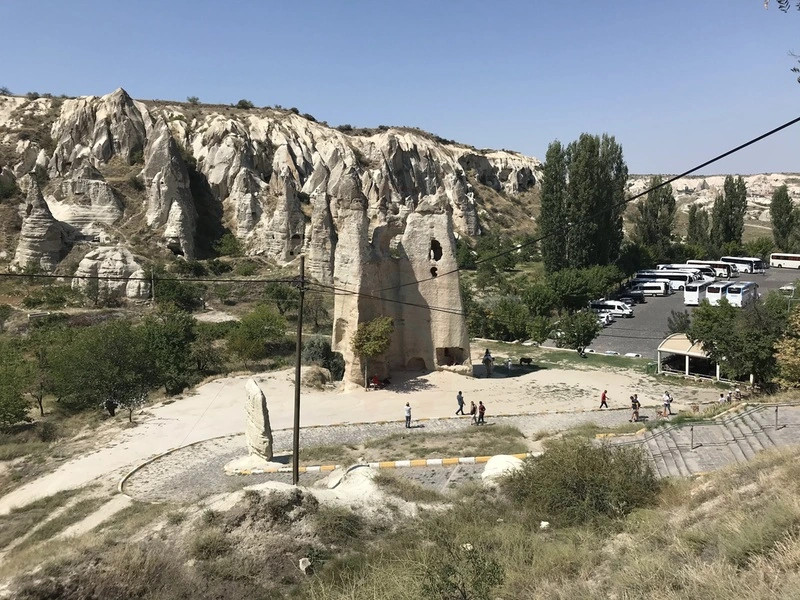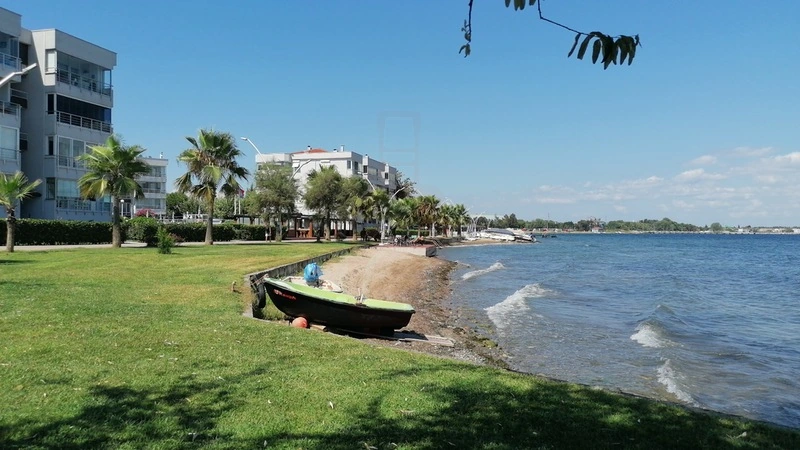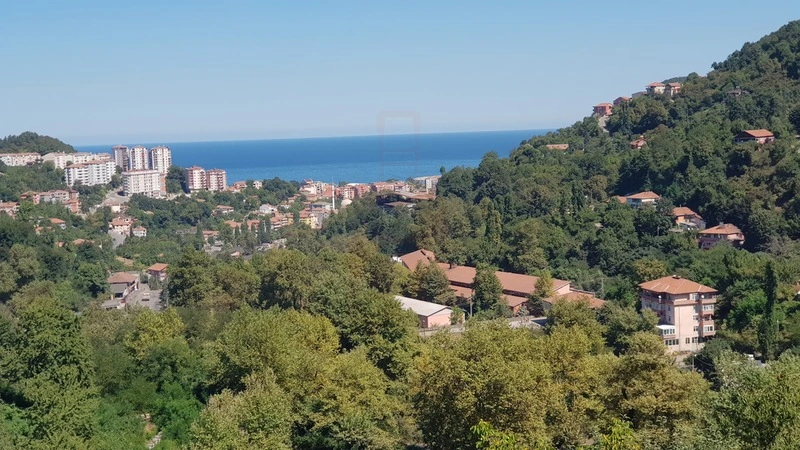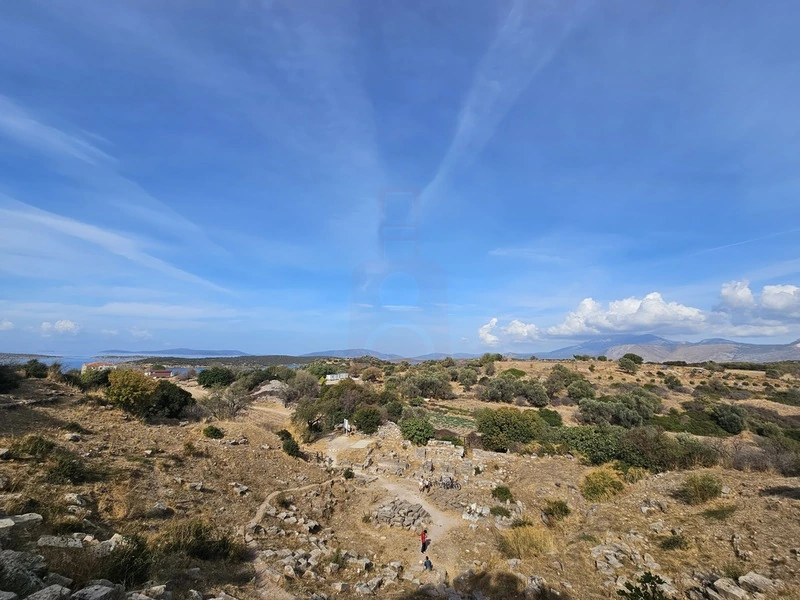Culinary Experiences in Türkiye: The Story of a Thousand Flavors from Seven Regions
Türkiye, standing at the crossroads of ancient trade routes and being the home to seven millennia of settled civilization, holds a truly unique position in the world of gastronomy. A [Culinary Tour] here is far more than just dining; it is an exploration of how diverse cultures, varying geographies, and historical migration paths are reflected onto a plate. This vast spectrum, stretching from the [spices] of Asia to the [olive oil] of the Mediterranean, the [wheat] of Mesopotamia, and the [wild herbs] of the Aegean, transforms Türkiye into a heaven for the discerning traveler and professional epicure.
As your professional guide, I will take you on a culinary journey from the elegant Ottoman cuisine of [Istanbul] to the UNESCO-registered flavors of [Gaziantep], from the refreshing lightness of the [Aegean] diet to the corn and anchovy rhythms of the [Black Sea]. This detailed guide presents the essential destinations and unmissable dishes that should be on the itinerary of every traveler seeking to digest Türkiye's cultural and historical richness.
I. Refined Flavors in the Cultural Capital: Istanbul and Ottoman Cuisine
Starting a gastronomy tour in [Istanbul] provides an immediate deep dive into the culinary heritage of empires. The city simultaneously offers the refined tastes of the palace kitchen and the dynamic trends of the modern culinary world.
Following the Footsteps of Palace Cuisine: Fatih and Beyoğlu
After touring the colossal kitchens of [Topkapi Palace], experiencing dishes that reflect the Ottoman sultans' palate is mandatory. Traditional [Ottoman Cuisine] restaurants serve dishes like apricot stew with lamb shoulder or almond soup, many of which were once on the verge of being forgotten. The most authentic locations for this experience are often found in high-end restaurants around [Fatih] and [Sultanahmet].
The modern side of the city, encompassing [Beyoğlu] and [Karaköy], is the center of the "New Anatolian Cuisine" movement, where chefs apply contemporary techniques to local ingredients, elevating traditional flavors onto modern plates. Furthermore, purchasing spices, dried nuts, and Turkish Delight in the [Spice Bazaar] in [Eminönü] is an essential part of discovering Istanbul's aromatic memory.
Bosphorus and Seafood Culture
For seafood lovers, the fish restaurants along the [Bosphorus] in neighborhoods like [Bebek] or [Arnavutköy] offer fresh fish and mezes (appetizers) against spectacular views. The meze culture, including dishes like lakerda (pickled bonito) and midye dolma (stuffed mussels), is an inseparable part of the social experience, often accompanied by rakı (anise-flavored spirit).
II. The Homeland of Flavor: Southeastern Anatolia and Mesopotamian Cuisine
If you are seeking a gastronomic peak in Türkiye, you must turn your route toward the Southeast. This region, led by [Gaziantep]—which is inscribed on the [UNESCO Creative Cities Network] for gastronomy—preserves a millennia-old culture of grains, meat, and spices.
Gaziantep: The Capital of Pistachios and Baklava
In the culinary city of [Gaziantep], eating is an art form. Kebabs, which form the basis of Southeastern cuisine (especially [Küşleme] and [Beyran Soup]), are prepared here with masterful precision, balance, and spice. However, Antep's main fame comes from its pastries and desserts:
- Katmer: A thin-layered breakfast pastry filled with [Pistachios] and clotted cream.
- Baklava: Tasting authentic Antep baklava is a primary goal of any gastronomy tour here. The quality of the regional [Antep Pistachio] is what defines its unparalleled flavor.
- Local Dishes: You must try traditional Antep dishes like [Yuvalama Soup] and [Alinazik] (smoked eggplant puree topped with minced meat) at the historical [Bey Mahallesi]'s artisan restaurants.
Şanlıurfa and Mardin: The Power of Meat and Spice
[Şanlıurfa] is distinguished by its use of meat and hot pepper. Urfa kebab, raw meatball (çiğ köfte - Urfa style is usually less spicy), lahmacun (Turkish pizza), and [isot] (Urfa chili flakes) are central to life here. In Şanlıurfa, attending a [Sıra Gecesi] (traditional social gathering with music) is a must, where you experience the local music culture accompanied by regional dishes.
The cuisine of [Mardin], in contrast, is a blend of Syriac and Arab cultures, focusing on bulgur, lamb, and rich spices. [Kaburga Dolması] (stuffed ribcage) and [Sembusek] (closed lahmacun) are flavors that should be savored within Mardin's stone mansions.
III. The Coolness of the Aegean and Flavors of the Mediterranean
The Aegean and Mediterranean cuisines offer light, healthy flavors through their use of olive oil, fresh vegetables, and herb culture. These cuisines are the most elegant representatives of the Mediterranean diet in Türkiye.
Izmir and the Herb Culture
[İzmir] and its surroundings, particularly towns like [Urla] and [Alaçatı], are famous for their [olive oil-based] wild herb dishes. Appetizers made with local herbs such as artichokes, wild radish (radika), and camel thorn (şevketi bostan) form the foundation of Aegean cuisine. Experiencing the freshness of the herbs in local markets and engaging in local [wine tasting] are integral parts of the Aegean gastronomy. Don't forget to try boyoz (a savory pastry) and gevrek (the local name for simit) for breakfast.
Antalya and Coastal Delights
[Antalya] is the meeting point for Mediterranean vegetables and the meat culture of the Taurus Mountains. Antalya's local specialty, [Piyaz] (a dried bean salad with tahini), and regional fish dishes are prominent along the coastline. Furthermore, coastal towns like [Kaş] and [Kalkan] are celebrated for their fresh seafood and small, authentic fish taverns.
IV. The Wild Nature and Hearty Flavors of the Black Sea
Despite the challenging geography, Black Sea cuisine is resilient and hearty, having evolved around corn, cabbage, Swiss chard, and the omnipresent anchovy.
The Rhythm of Anchovy and Corn: The cuisines of [Trabzon] and [Rize] are known for dishes where [Hamsi] (anchovy) takes the lead: [Hamsiköy Sütlacı] (rice pudding), [Hamsili Pilav] (anchovy pilaf), and [Cornbread] (Mısır Ekmeği). The heavy use of corn reflects the soil structure of the region. Laz Delicacies: [Muhlama] (kuymak), a unique, cheese and cornmeal dish, is central to this region. [Black Cabbage Soup] (Kara Lahana Çorbası) and [Karadeniz Pidesi] (a regional flatbread) are also indispensable. The experience of trying muhlama made with local butter in [Ayder Plateau] will be a lasting memory of your Black Sea tour.V. Central Anatolia and Historic Trade Routes
Central Anatolia, being the hub of livestock and grain production, is famous for its pastries and meat dishes.
Kayseri and Mantı: [Kayseri] is renowned for its tiny, boat-shaped [Mantı] (dumplings), often served with yogurt and chili oil. Alongside mantı, the region’s signature pastırma (cured meat) and sucuk (dry-fermented sausage) must be sampled. Konya and Etli Ekmek: [Konya] is known both for its mystical atmosphere and its traditional dishes that carry traces of Seljuk cuisine. [Etli Ekmek] (a long, thin flatbread topped with minced meat) and oven kebab are cornerstones of Konya's gastronomy.When planning a gastronomy tour in Türkiye, pay close attention to seasonality—the period when products are at their freshest. Spring is best for herbs in the Aegean, late summer for tomatoes and peppers in the Mediterranean, and autumn/winter for meat and spices in the Southeast. This journey is an adventure of [flavor and culture] that will nourish not only your stomach but your soul.
